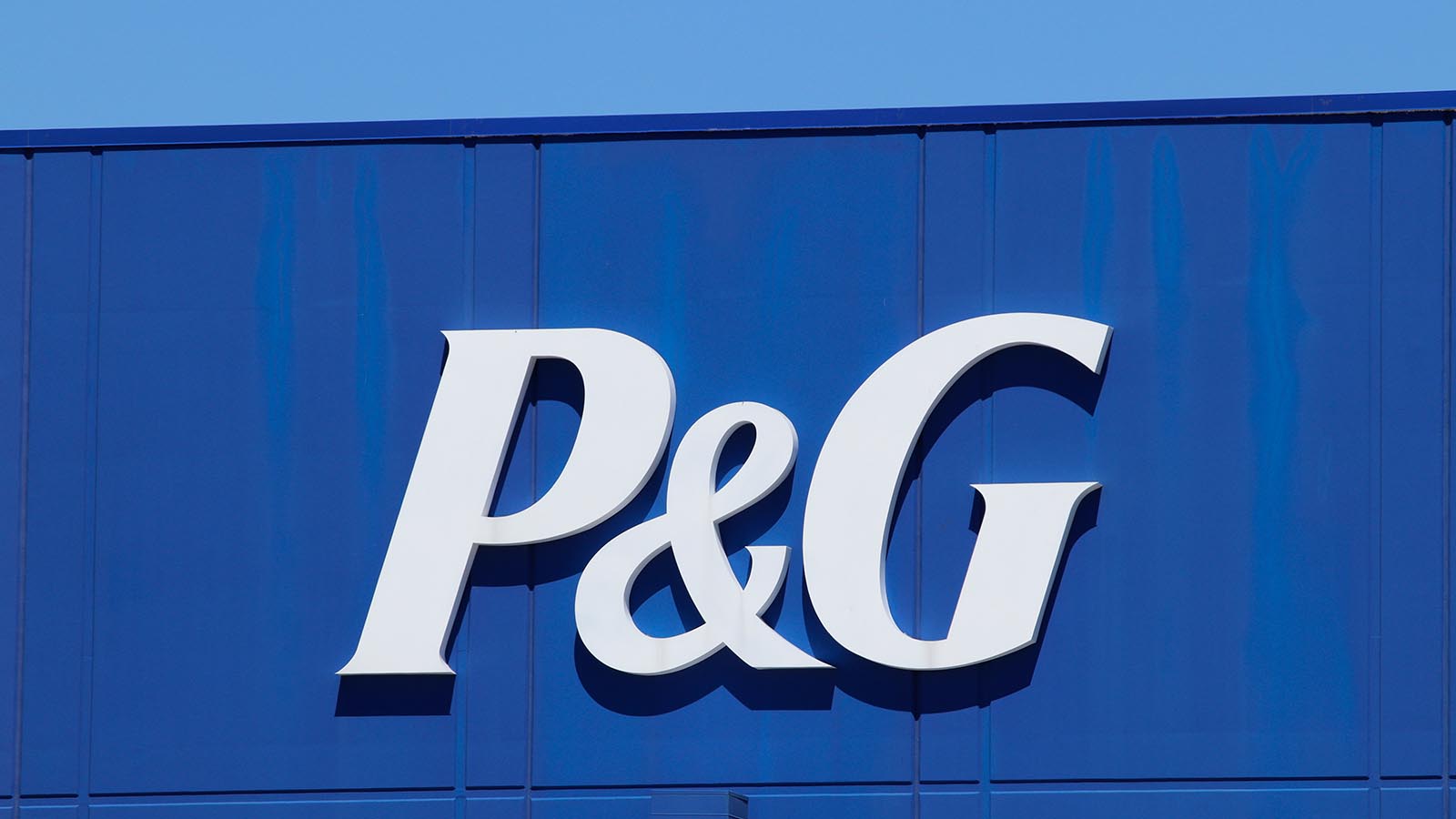Procter & Gamble (NYSE:PG) is one of the few companies that focuses intensely on free cash flow (FCF) productivity. This concentration has served shareholders in PG stock quite well over the past year — and it will continue to do so.

For example, the stock has risen 15% over the past year, 10% in 2020 and more importantly, it is up 42% since its low on March 27. I believe PG stock will continue this trend over the next year, given its reliance on FCF productivity.
Procter & Gamble defines the term “adjusted FCF productivity” as “the ratio of adjusted free cash flow to net earnings.” For example, in its latest quarterly earnings report, net income was $2.8 billion, but adjusted FCF was 61% higher at $4.5 billion. Therefore, the FCF productivity ratio was 161%.
What this means is that the company was able to convert net income into a higher amount of cash flow. This is extremely important to management. They now have a good portion of their performance bonuses tied to achieving the company’s FCF productivity goals.
For example, the company says that its long-term FCF productivity goal is at least 90%. In other words, 90% of stated GAAP income has to convert into adjusted FCF. So much of net income is now non-cash related. This includes things like depreciation, amortization and in recent years, stock-based compensation expenses.
Moreover, often even interest expenses amortize in an earnings statement using a method that is non-cash related. GAAP earnings have become a mix and mash of so many non-realistic, non-cash items that companies like Procter & Gamble have to rely on adjusted FCF to properly incentivize management.
Other companies use a similar term — FCF conversion ratio — as FCF productivity. That is the dollar amount of income converted into FCF as a percent of income.
Procter & Gamble’s Adjusted FCF
In its last fiscal year ending June 30, P&G made $14.8 billion in adjusted FCF. Compared to net income of $13.1 billion, its productivity ratio was 114%.
Why is this so important to management? Well, for one, the company bought back a ton of common stock. The dividend per share also rose by 6% on April 14, right during the middle of the novel coronavirus crisis, as a result of sufficient FCF.
For example, P&G spent $7.4 billion on buybacks this past fiscal year ending June 30. It also spent $7.8 billion on dividends. That $15.2 billion total capital return to shareholders was a direct result of having adjusted FCF of $14.8 billion. I have shown in many prior articles how buybacks allow companies to increase their dividends per share at little to no extra cost.
In other words, converting net income into FCF provides direct returns to shareholders. This is clearly a company focused intensely on rewarding shareholders.
What to do With PG Stock
Right now the company is projecting to pay $8 billion in dividends, or almost 3% more than in this past fiscal year. It also projects buybacks of between $6 billion to $8 billion. That obviously assumes it will produce a significant amount of FCF.
Moreover, the company expects that its core earnings will increase by 7%. It also is targeting FCF productivity of 90%. That implies that the adjusted FCF will grow by 6.3%. Therefore, adjusted FCF would be 1.063 times to 1.07 times $14.87 billion. This implies FCF of between $15.8 billion and $15.9 billion.
Right now PG stock has a market capitalization of $343.9 billion. So its present LTM FCF yield is about 4.3%. Therefore, assuming the FCF yield rises to 3.5% to 4%, and assuming $15.85 billion in FCF, the market cap should rise to $396 billion to $453 billion. That represents a potential gain of 15.5% to 32% for PG stock.
In other words, the higher the FCF growth and productivity, the lower the FCF yield and higher the market price.
Bottom line: Investors in PG stock will benefit from its intense focus on FCF productivity with a 15% to 32% stock price gain over the next year.
On the date of publication, Mark R. Hake did not have (either directly or indirectly) any positions in any of the securities mentioned in this article.
Mark Hake runs the Total Yield Value Guide which you can review here.
